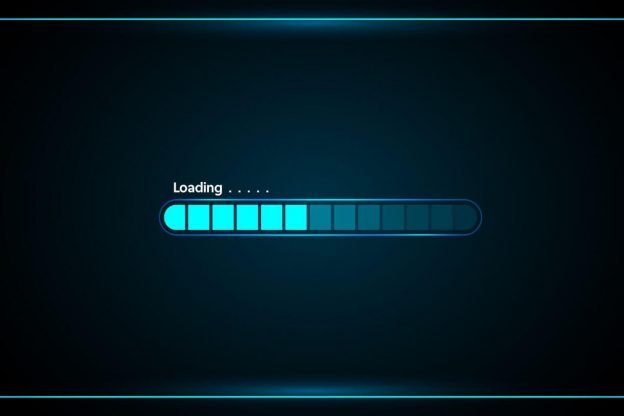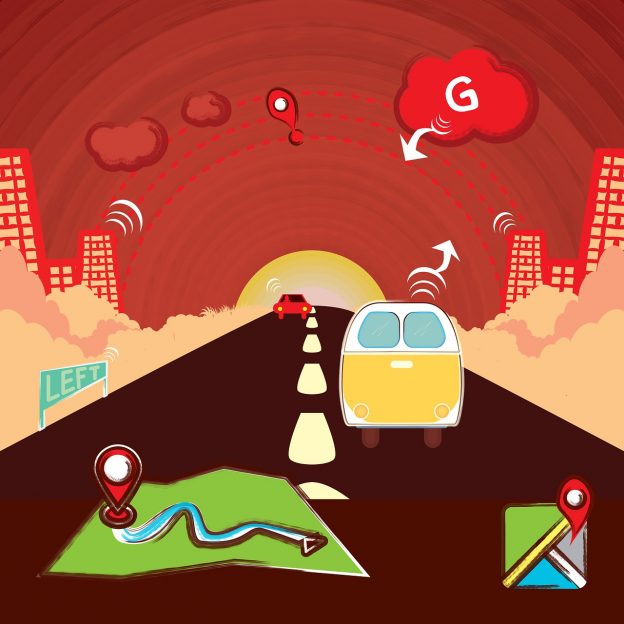Officially added as a ranking factor in 2021, Largest Contentful Paint (LCP) is one of Google’s Core Web Vitals — the metrics by which the search engine measures user experience. In LCP’s case, it measures how fast a page loads. This is done by analyzing the load time of the largest piece of content on the page
Content types that LCP may measure include:
- Background images
- Video thumbnails
- Images
- Block-level HTML elements such as paragraphs
- Headers
How is LCP Measured?
There should be a section in your Search Console that allows you to generate a Core Web Vitals Report. This will provide a granular view of how each URL on your site performs based on historical user data. Each URL will receive a score of Poor, Needs Improvement, or Good.
For LCP, these values are measured as follows:
- Good: 2.5 seconds or less
- Needs Improvement: Between 2.6 seconds and four seconds.
- Poor: Greater than four seconds.
Alternatively, you can use Google’s PageSpeed Insights tool, Chrome Lighthouse, or the AMP Page Experience Guide.
How to Optimize for LCP
Load time has always been extremely important, even before Google officially started considering it a ranking signal. As noted by Google’s own support documentation, if a page’s load time increases from one to three seconds, the page’s bounce rate increases by 32%. Meanwhile, an increase from one to six seconds will see a 106% increase in bounce rate.
What we’re saying here is that if you’ve been properly optimizing your website for performance, you shouldn’t need to do anything specific for LCP, as you’re already optimized. All the general advice and best practices from before still apply today.
If you haven’t done much in the way of page performance or are simply curious if you’ve missed anything important, some areas of focus include:
- Reducing HTTP requests.
- Minifying your JavaScript and CSS.
- Compressing and optimizing your images.
- Avoiding the use of resource-heavy content like video or hosting on external sites where possible.
- Enabling browser caching.
- Using a content delivery network or working with a host that leverages its own.
- If you’re using a platform like WordPress, eliminate any unnecessary or redundant plugins.
- Leveraging responsive web design, or else designing your site first and foremost for mobile devices.
Google’s Core Web Vitals are neither new nor revolutionary. They aren’t going to change the way anyone searches, nor should they have any impact on how you optimize and design your site. Provided you’ve already been following the proper best practices, you’re likely safe just to keep proceeding as you have been.
And if you’ve been falling short in any way, let these new ranking signals serve as a wakeup call for you.

